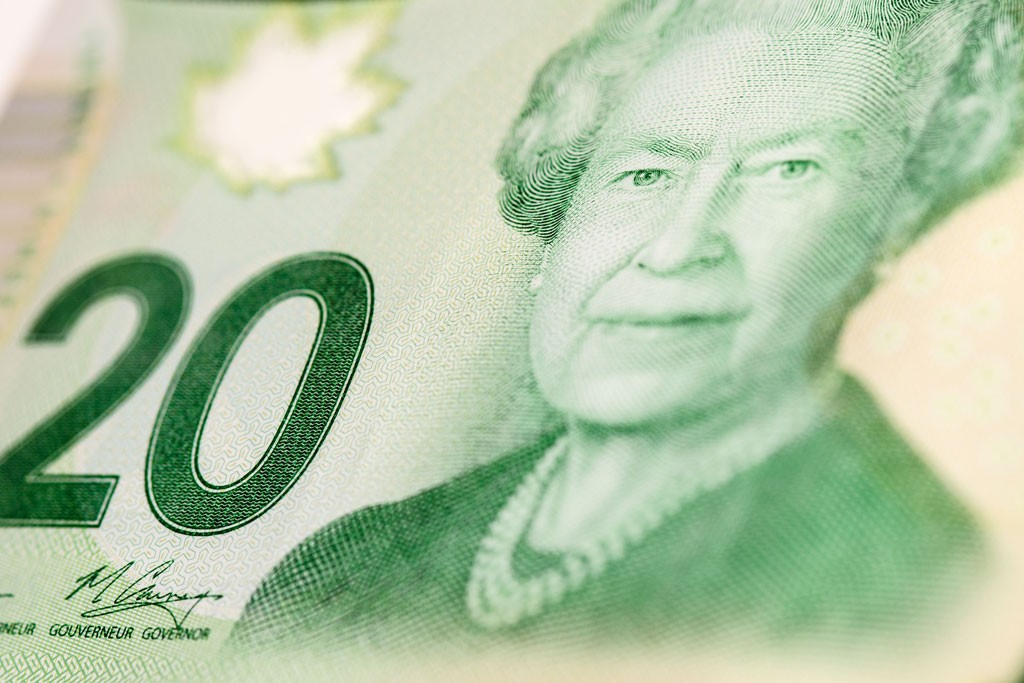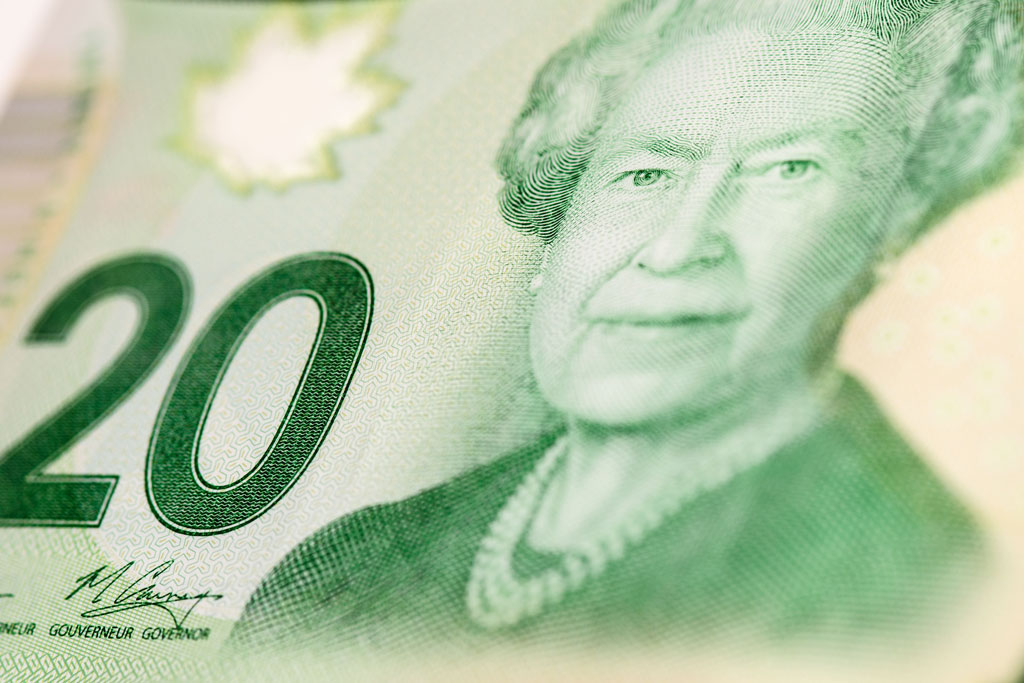By Ekaterina Marenkov (Contributor) – Email
Print Edition: February 18, 2015

Looks like the only “middle class” household is the fictitious one made up by the Conservative government.
The Conservative government’s current budget report redefines the term “middle class” to ideally mean a family consisting of a set of parents with two kids, living in a house close to the city, and, most importantly, making together a steady yearly income of at least $120,000. Meanwhile, the reality is that most homes average somewhere between the $60,000 and $85,000 mark — clearly nowhere near the $120,000 standard.
These outrageous, unattainable digits come from a report which contains no thumbnail sketches for reference and seems to completely disregard the previous year’s report, which stated that the average middle-class income was $100,000. My household must have missed the 20 per cent salary increase memo.
They are seemingly drawing numbers out of a hat. MP Peggy Nash said in an interview with The Canadian Press that “the Conservatives are out of touch with the average family … by claiming they’ve increased their incomes that dramatically over the last few years.” The increase in wages doesn’t match up to the rapidly increasing housing prices. For example, in 1997, the average price of a house in Canada was $150,000. Today the average price estimates $400,000. Housing prices have more than doubled, yet wages have only gone up an average annual rate of two-and-a-half per cent.
This isn’t about getting rich — it’s about surviving. With this hollowed-out definition of “middle class,” the gap between the rich and poor is more significant than ever.
“It’s getting harder to reach the middle. The typical 25- to 34-year-old is now making wages that are 11 per cent lower than they were for the same-aged person in 1976 — even though their education levels are higher,” states Paul Kershaw, policy professor at the University of British Columbia. This particularly affects the young; the typical middle-aged worker today makes a salary anywhere between three to seven per cent higher than they did three decades ago when housing was half the price, which means they are steadily getting richer, whereas the generation currently entering the workforce is earning nothing but a heavy debt.
This burden means we’re working more for less, and for longer. Is there a solution to this? Unless a wage increase that involves more than decimal percentages comes along, the gap between the rich and poor will continue to grow until the middle class dissolves into one of those two groups. Spoiler alert: it’s probably going to be the latter.


